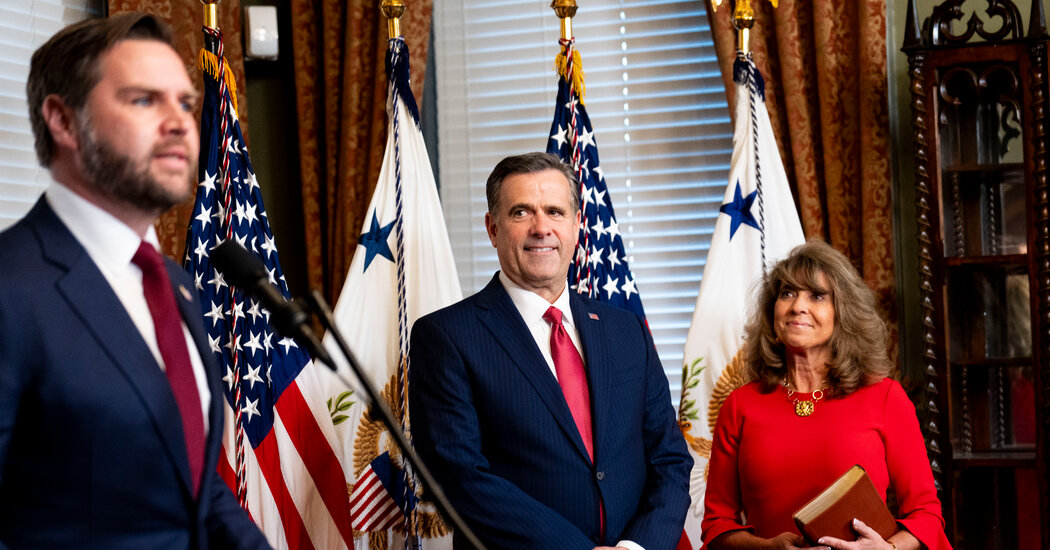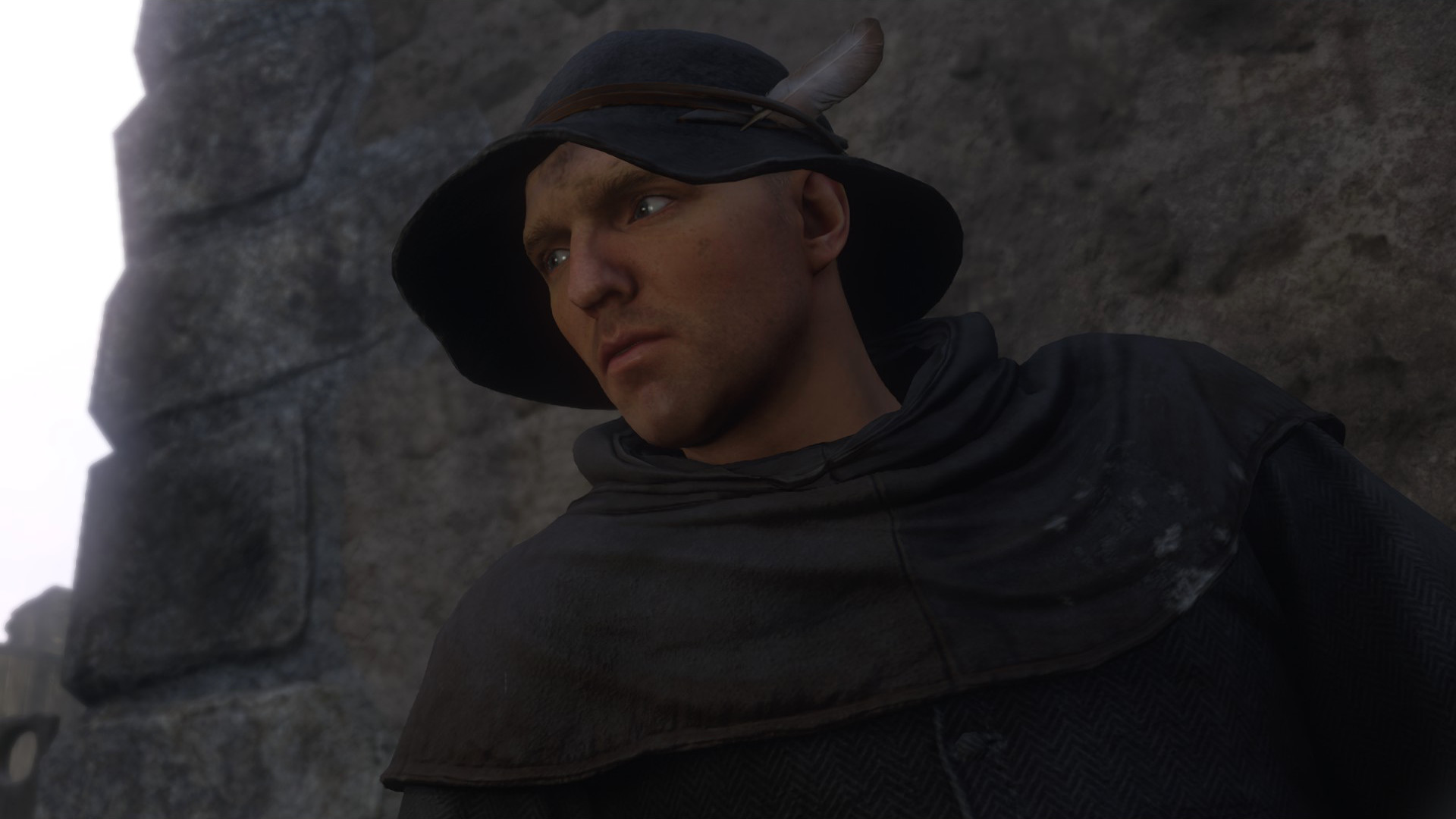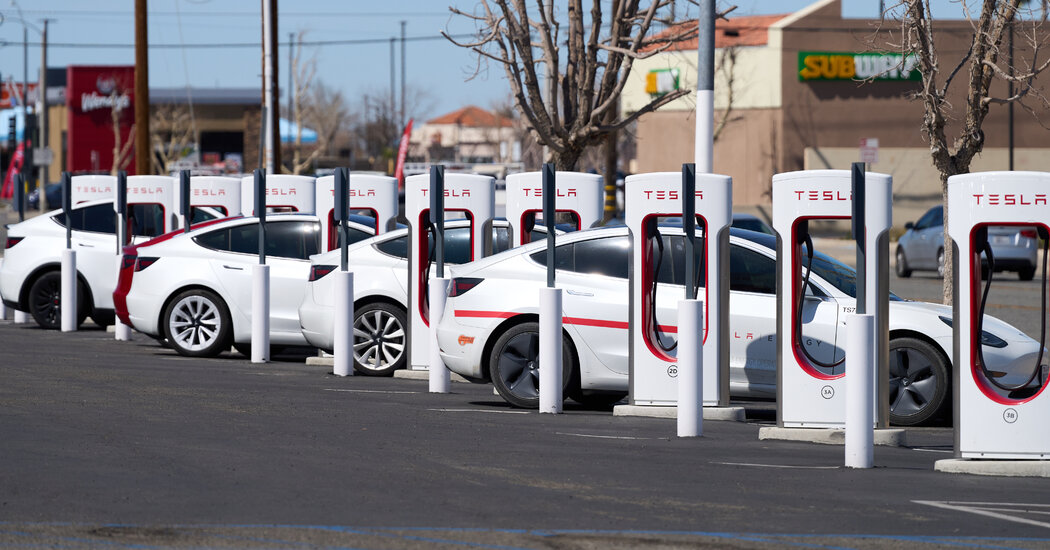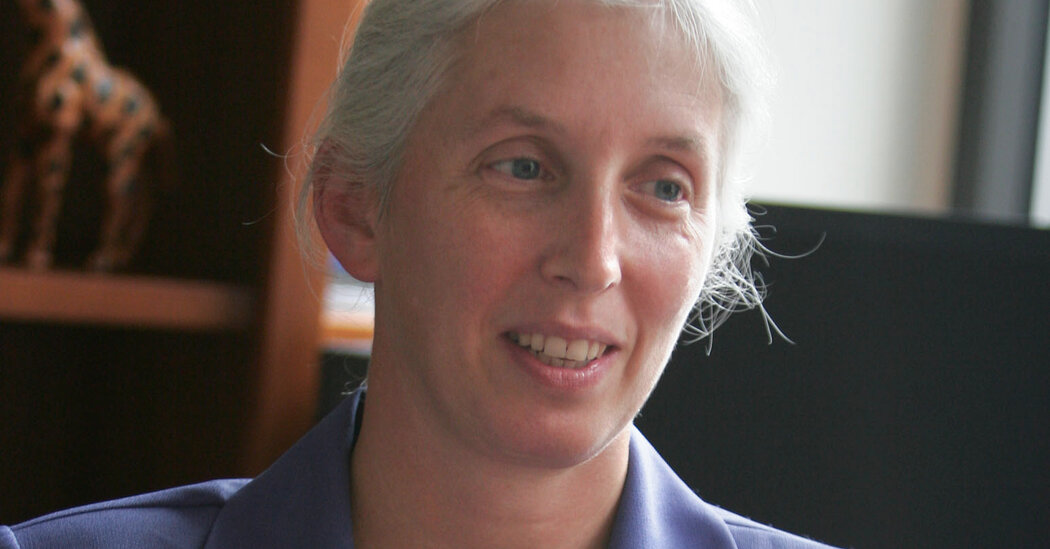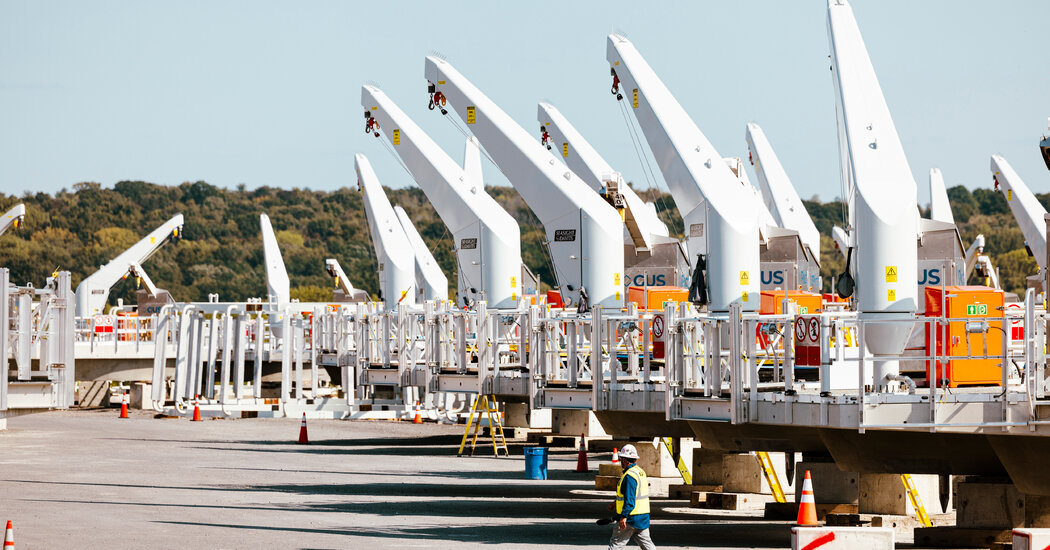
Rasmus Errboe, the new chief executive of the Danish offshore wind developer Orsted, sounded as if he had inherited a mess as he explained a 25 percent paring of the company’s investment plans on Thursday.
Over the past two years, Orsted has backed away from some huge wind projects it planned to build off the East Coast of the United States, notably off New Jersey, because of delays, inflation and higher interest rates.
Now, President Trump’s aversion to offshore wind farms threatens to complicate the two big projects off New York and Rhode Island that Orsted says it is still committed to completing.
“We are working relentlessly to minimize the risks given the market conditions and the economic climate,” Mr. Errboe said. “I’m not able to hand out any guarantees.”
The downshift at Orsted, one of Europe’s flagship renewable energy developers, came just a day after Equinor, the Norwegian energy giant that has been a large investor in renewable energy, said it would cut planned spending on low-emission projects to $5 billion, from $10 billion, over the next three years.
“The energy transition is moving slower than expected,” Anders Opedal, chief executive of Equinor, said Wednesday at a meeting in London to discuss the company’s strategy.
Equinor has options other than renewable energy, on which the company reported a $100 million loss in the fourth quarter of 2024. The company’s overall earnings, largely from oil and gas in Norwegian waters, brought in adjusted earnings to $7.9 billion for the quarter.
But large European energy companies are not so much giving up on wind, solar and other low carbon technologies as much as applying the brakes to what had sometimes seemed a race to pile into new projects.
Orsted, for instance, bet heavily on the United States as the next big offshore wind market, forcing the company into retreat when the wager soured. On Thursday, write-offs led the company to report a loss of about 6 billion Danish krone for the fourth quarter of 2024.
After a relentless battering of the company’s stock price, which has fallen by more than 50 percent in three years, the board decided on Friday to replace Mads Nipper, the chief executive, with Mr. Errbroe, his deputy.
The weakness at Orsted has attracted potential suitors looking to invest in Orsted’s large renewables portfolio at what seems like a low price.
“We are used to cycles from oil and gas, and, clearly, we see that in offshore wind,” Torgrim Reitan, chief financial officer of Equinor, said in an interview. He added that the current travails were a “good time” for offshore wind operators to improve themselves.
Acting on this theory, Equinor acquired a 10 percent stake in Orsted, which is controlled by the Danish government, in October. Orsted’s stock has since declined sharply, but it rose on Thursday.
Wind executives say some challenges like inflation have eased, but the arrival of the Trump administration has raised a further caution flag over projects in the United States.
“I think the offshore has come to a full stop more or less with immediate effect,” Henrik Andersen, chief executive of Vestas, the Danish wind turbine maker, told analysts Wednesday.
Mr. Andersen was optimistic that Vestas would be able to continue to sell its onshore wind turbines, a much larger business for the company, in the United States. He said that the company had orders for its factories through this year and into next, and that land-based wind farms were often the quickest sources of energy generation to build for uses like data centers. “Many people are still sticking to their projects,” he said.
Indeed, Vestas has seemed to be coming out of a long profit drought. On Thursday, the company reported 1.1 billion euros in gross profit on 6.1 billion euros in revenue, a performance Mr. Andersen called the best since 2017, which he credited to the land-based turbine business.


